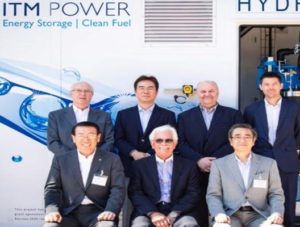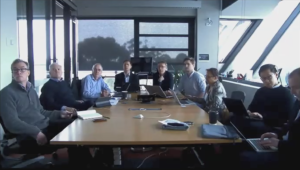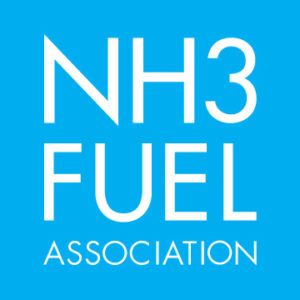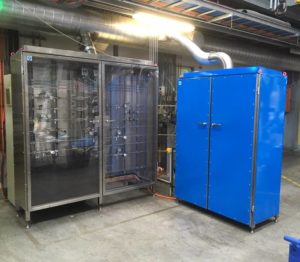Great Strides in NH3 Commitment and Progress in Australia
In the last 12 months ... Ammonia Energy has published posts covering pertinent activity in 32 different countries. In most of them, ammonia’s potential as versatile energy vector has reached the point of avowed interest from relevant institutions. In a small handful, it has become a part of national policy. But, as demonstrated in repeated instances throughout the year, nowhere is ammonia energy more robustly embraced than Australia. The central argument behind this assertion is captured in the phrase, “the complete package,” as in “package of resources, policies, players, partners, and investments.”








